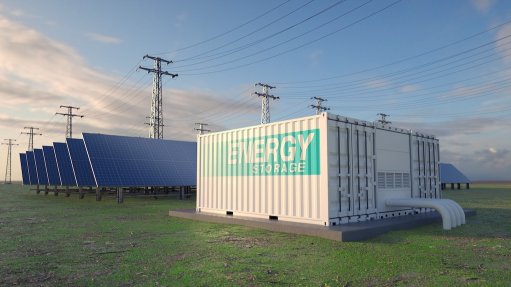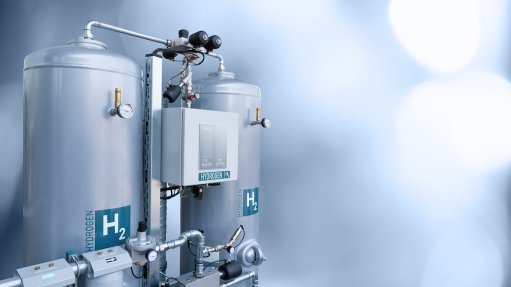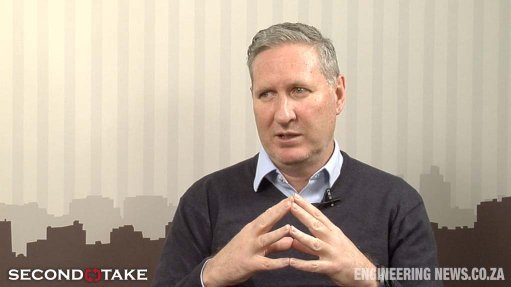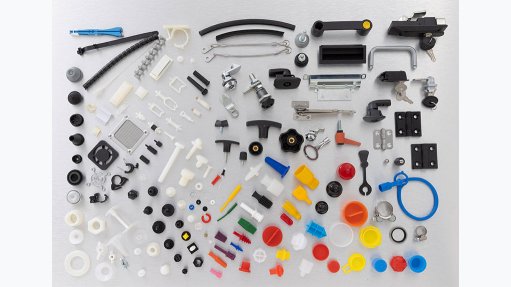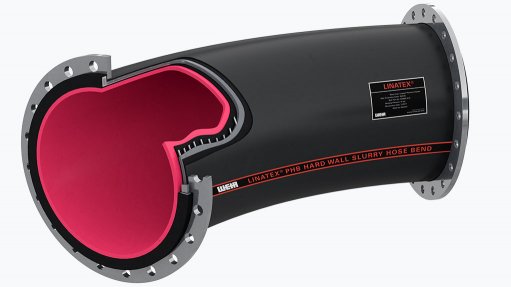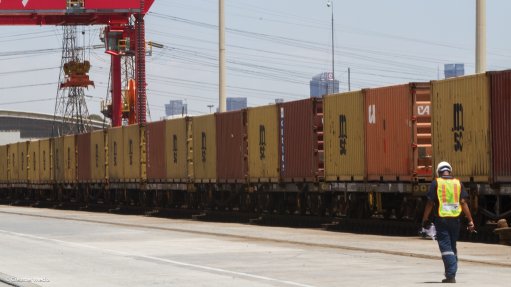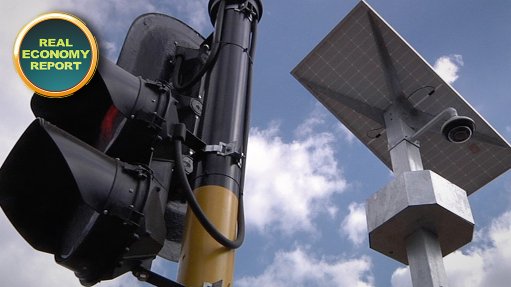DEHN AFRICA offers tailored solutions for lightning and surge protection for solar installations across Africa
This article has been supplied.
It is well-known that Africa as a continent has the highest incidents of lightning strikes annually. A significant variance in lightning flash densities across different parts of Africa requires unique solutions across countries. DEHN AFRICA is building its experience and reputation in creating tailored solutions for solar energy installations across the ‘lightning continent’.
Julienne Puttkammer, part of the technical team at DEHN AFRICA, says, “Since 1995, the National Aeronautics and Space Administration of the United States (NASA) has been gathering data which shows where lightning occurs on the earth, with multiple orbital instruments called LIS and OTD, which are installed on satellites. The data is then processed and represented as yearly average lightning flashes per square kilometre on various maps. These maps show conclusively that Africa is the continent with the most hotspots of lightning activity, and also how the lighting flash density tends to be highest around the equator. The maps show that the highest amounts of lighting flashes occurred in the far eastern Democratic Republic of Congo, as well as at Lake Maracaibo in northwestern Venezuela in South America[1][2][3].”
“However, in the same way that we remind the world that Africa is a continent consisting of 54 individual countries[4], and therefore should not be treated as one big homogenous area, so we also need to be aware that the lightning statistics change across the continent also, country by country and region by region. DEHN AFRICA has worked on a number of solar installations across the region with regards to lightning and surge protection, and we are acutely aware of the differences that must be accounted for at the design and installation stages.”
Across Africa, says Puttkammer, DEHN AFRICA has seen a focus on ground-mounted utility-scale PV installations, and has worked on projects that are both government-sponsored as well as private sector initiatives, or even a mix of the two. The company has consulted on installations in countries including South Africa, Namibia, Mozambique, Mauritius, and Uganda.
South Africa
“The company has been involved in lightning and surge protection for solar projects in South Africa since 2013,” notes Puttkammer, “and our engagement in the protection of solar farms in this country has helped to inform our approach towards new installations in other African countries. DEHN AFRICA’s local capabilities followed on from our extensive experience in Europe, where conditions are somewhat different, but solar systems are much the same.”
Puttkammer says DEHN AFRICA has been involved in a variety of projects that are private and government, in the Gauteng and Northern Cape area. The ground flash density of projects worked on has varied from 0.1 to 14.3/km²/year.
Namibia
“Namibia often has rockier soil than South Africa and medium lightning activity,” adds Puttkammer, “and its regulatory standards are quite aligned to South African standards. The project’s lightning ground flash density was around 5/km²/year.”
Mozambique
DEHN AFRICA has been involved in a large private project in Mozambique. Puttkammer comments that the soil with this project was softer than South Africa’s in general, and the lightning activity tends to be slightly higher than we find in Namibia. The project’s lightning ground flash density was 6.6/km²/year.
Mauritius
“Comparatively speaking, there is not much lightning in Mauritius,” Puttkammer explains, “and at the plant we were working on, the risk of a direct strike was minimal, due to the country’s low lightning ground flash density as well as the smaller size of the plant. Therefore we didn’t need to plan for certain measures that mitigated damages from direct strikes. The project had a lightning ground flash density of 0.67/km²/year.”
Uganda
Puttkammer outlines, “Uganda’s extreme lightning activity meant this project had the highest lightning risk of all projects we’ve been involved in, and this mainly government funded project had a lightning ground flash density of 73/km²/year.”
“These interesting statistics from a number of the projects we have worked on show how very different solar energy challenges can be across Africa. Satellite observations have shown that lightning occurs more often over land than over the oceans, and that lightning seems to happen more often closer to the equator. Although there are countless factors, we also know that many of the world’s lightning hot spots are associated with steep terrain, because a sharp slope helps to set up the clash between warm and cool air masses that can drive thunderstorm development[5].
“These facts are consistent with our experience in Mauritius, for example, which is an island quite far south of the equator and where the lighting ground flash density was low, and our experience in Uganda, which is closer to the equator, more mountainous and where the lightning ground flash density was much higher. With each new solar project in Africa that we work on, we at DEHN AFRICA are proving ourselves to be the go-to company for lightning and surge protection for solar farms across the continent, as this vibrant source of renewable energy continues to gather momentum,” concludes Puttkammer.
Comments
Press Office
Announcements
What's On
Subscribe to improve your user experience...
Option 1 (equivalent of R125 a month):
Receive a weekly copy of Creamer Media's Engineering News & Mining Weekly magazine
(print copy for those in South Africa and e-magazine for those outside of South Africa)
Receive daily email newsletters
Access to full search results
Access archive of magazine back copies
Access to Projects in Progress
Access to ONE Research Report of your choice in PDF format
Option 2 (equivalent of R375 a month):
All benefits from Option 1
PLUS
Access to Creamer Media's Research Channel Africa for ALL Research Reports, in PDF format, on various industrial and mining sectors
including Electricity; Water; Energy Transition; Hydrogen; Roads, Rail and Ports; Coal; Gold; Platinum; Battery Metals; etc.
Already a subscriber?
Forgotten your password?
Receive weekly copy of Creamer Media's Engineering News & Mining Weekly magazine (print copy for those in South Africa and e-magazine for those outside of South Africa)
➕
Recieve daily email newsletters
➕
Access to full search results
➕
Access archive of magazine back copies
➕
Access to Projects in Progress
➕
Access to ONE Research Report of your choice in PDF format
RESEARCH CHANNEL AFRICA
R4500 (equivalent of R375 a month)
SUBSCRIBEAll benefits from Option 1
➕
Access to Creamer Media's Research Channel Africa for ALL Research Reports on various industrial and mining sectors, in PDF format, including on:
Electricity
➕
Water
➕
Energy Transition
➕
Hydrogen
➕
Roads, Rail and Ports
➕
Coal
➕
Gold
➕
Platinum
➕
Battery Metals
➕
etc.
Receive all benefits from Option 1 or Option 2 delivered to numerous people at your company
➕
Multiple User names and Passwords for simultaneous log-ins
➕
Intranet integration access to all in your organisation






